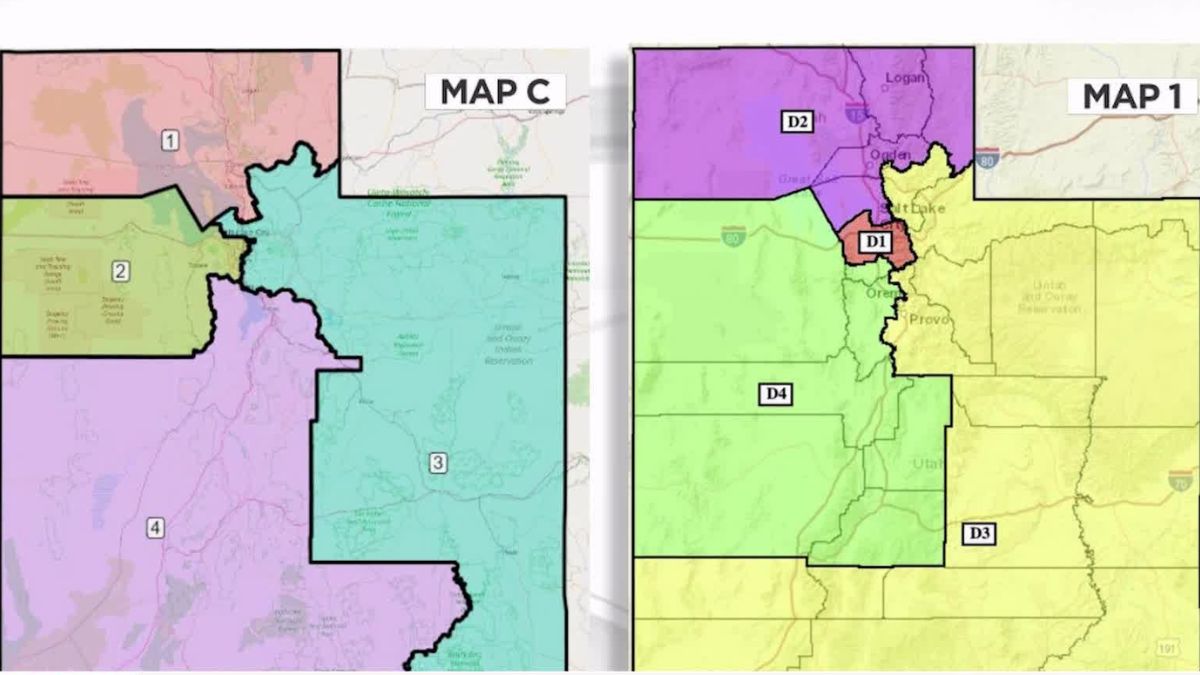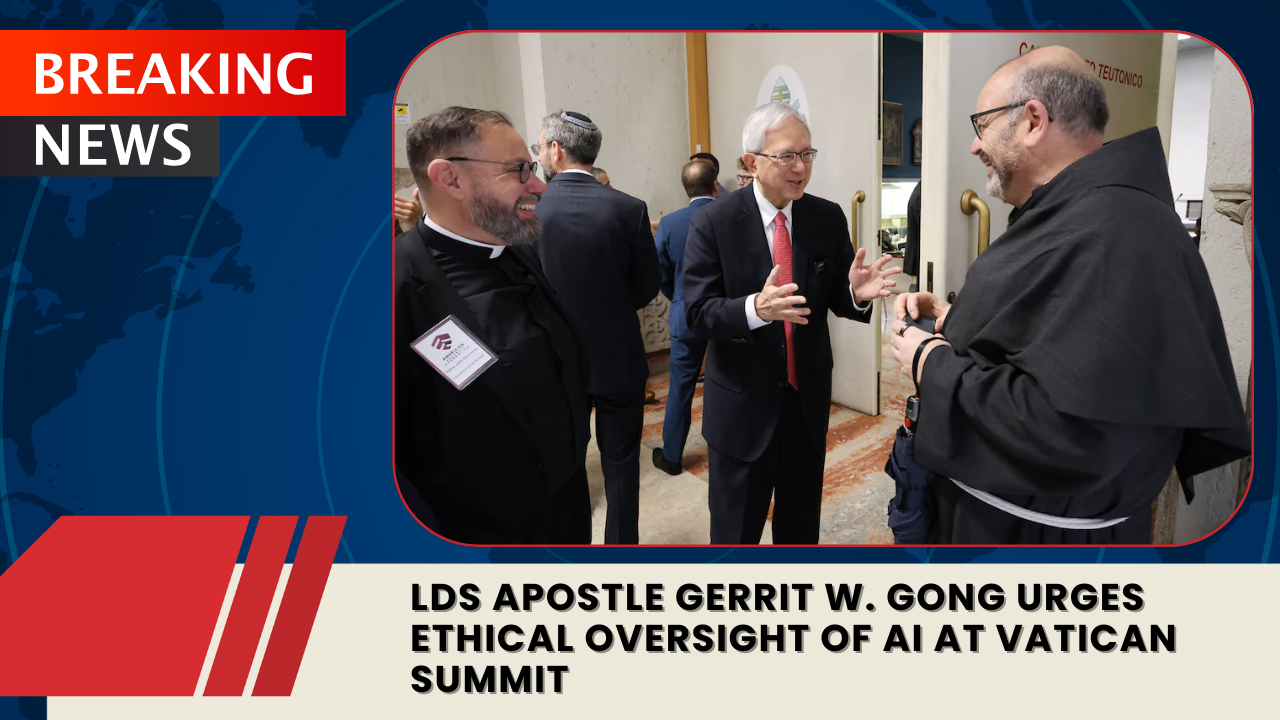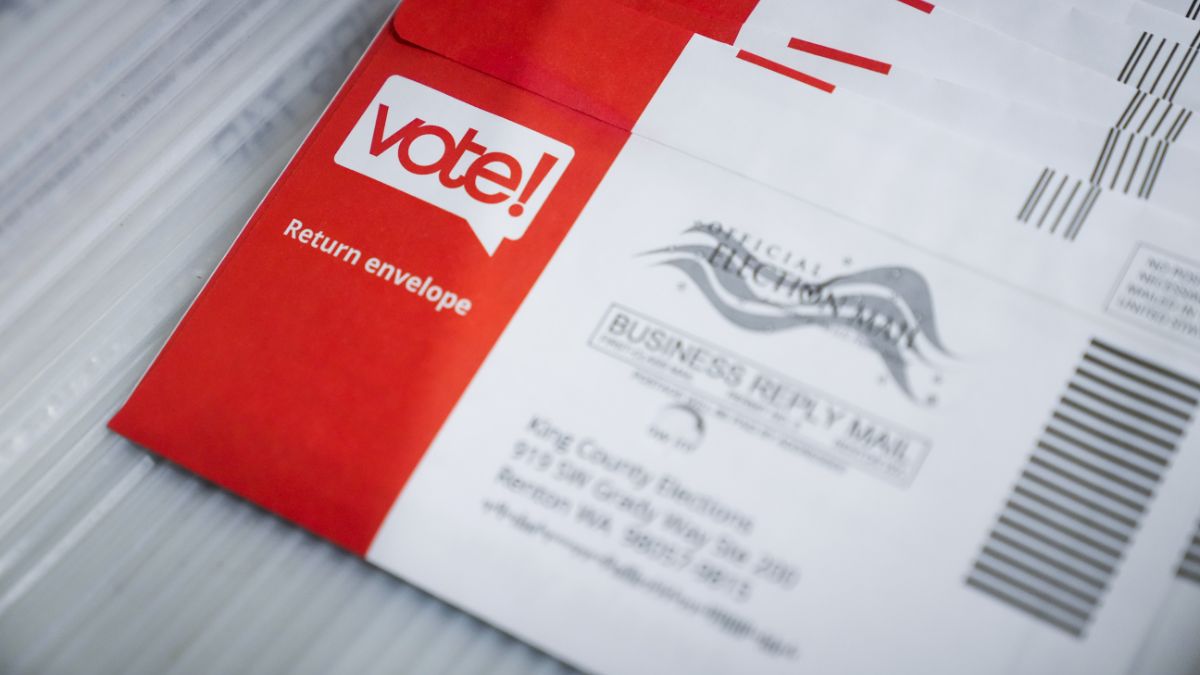Utah’s political landscape is set for another major showdown as state Republican leaders prepare to escalate their fight against a newly approved congressional redistricting map.
After a Third District Court judge endorsed an alternative map earlier this month, top GOP lawmakers argued that the decision ignored the will of the people and created instability ahead of upcoming elections.
Utah Republicans Announce Supreme Court Appeal
During a Tuesday morning press briefing in Salt Lake City, Senate President J. Stuart Adams and House Speaker Mike Schultz confirmed plans to appeal directly to the Utah Supreme Court. They insisted that the judge’s ruling for a new map failed to consider Utahns’ voices.
Both leaders emphasized that their goal is to reverse what they believe is an improper intervention in the redistricting process.
Special Legislative Session Scheduled for December 9
Alongside the appeal, Adams and Schultz announced expectations for a special legislative session on December 9. Lawmakers plan to advance the appeal and introduce a new constitutional amendment for the 2026 ballot.
Purpose of the Proposed Amendment
Adams explained that the amendment would clarify that ballot initiatives—like Proposition 4, which helped establish the independent redistricting commission—cannot override the Utah Constitution when their language is unconstitutional or clashes with existing state laws.
He stated that Utah needs a redistricting framework that is transparent, functional, and firmly grounded in constitutional authority.
“Utah must remain governed by Utahns through clear constitutional processes,” Adams said. “Our priority is protecting the people’s voice and ensuring decisions about Utah come from Utah—not from outsiders or unelected officials.”
GOP Leaders Criticize District Court Ruling
Adams and Schultz sharply criticized the Third District Court’s involvement, saying the ruling has thrown the state’s redistricting efforts into confusion.
Schultz called the situation “unacceptable,” arguing that Utah residents deserve predictability and stability, not court-imposed delays that could reshape electoral outcomes.
Claims of Gerrymandering
The two leaders labeled the approved map, known as Map 1, as “the most gerrymandered map in Utah’s history.”
Under Map 1:
- Most of Salt Lake County is consolidated into a single district.
- The other districts form a ring around District 1.
- District 3 becomes the largest geographically, stretching from Vernal to St. George, including Moab.
Advocacy Groups Celebrate the New Map
Organizations like Better Boundaries and the Utah League of Women Voters praised Map 1, describing it as a major win for fair representation.
During a November 11 press conference, Utah League of Women Voters President Katharine Biele celebrated the map as the result of an extraordinary grassroots effort.
She highlighted that voters across the political spectrum—Democrats, Republicans, and Independents—contributed to the outcome.
“Now we have fair districts, and the next election will bring real competition and a renewed reason to vote,” Biele said.
Candidates Enter the Newly Redrawn District 1 Race
As of November 25, four Democrats have announced campaigns for the newly reshaped District 1:
- Sen. Nate Blouin
- Former state Sen. Derek Kitchen
- Former Rep. Ben McAdams
- Utah Sen. Kathleen Riebe
Their entries signal growing political interest in the district under the new boundaries.
GOP Leaders Aim to Reverse Map Before 2026 Election
Despite the enthusiasm from advocacy groups and candidates, Adams and Schultz reiterated their intention to overturn the court’s decision ahead of the 2026 midterm elections. They stressed that correcting what they view as judicial overreach is essential to restoring consistency and constitutional integrity in Utah’s redistricting process.
Utah’s redistricting debate shows no signs of slowing down. With Republicans preparing a Supreme Court appeal, planning a special legislative session, and proposing a constitutional amendment, the fight over how congressional boundaries should be drawn will continue well into the 2026 election cycle.
While grassroots organizations celebrate the newly approved map as a step toward fairer representation, state GOP leaders remain determined to restore their version of a stable and constitutional process. The coming months promise contentious political and legal battles that will shape Utah’s electoral future.



